How To Carry Camera Equipment On Airplane ?
When traveling with camera equipment on an airplane, it is important to ensure that your gear is properly protected and meets the airline's regulations. Here are some general guidelines to follow:
1. Carry-on vs. Checked Baggage: It is recommended to carry your camera equipment as carry-on luggage to minimize the risk of damage or theft. However, check with your airline for any specific restrictions or limitations.
2. Camera Bag: Invest in a sturdy and well-padded camera bag or backpack to protect your gear. Look for one that meets the airline's size restrictions for carry-on luggage.
3. Security Screening: Be prepared to remove your camera and other electronic devices from your bag during the security screening process. Follow the instructions of the airport security personnel.
4. Batteries: Carry spare camera batteries in your carry-on luggage, as lithium-ion batteries are generally not allowed in checked baggage due to safety concerns.
5. Fragile Equipment: If you have particularly delicate or expensive equipment, consider using a hard case or protective padding within your camera bag for added protection.
Remember to always check with your airline for any specific rules or restrictions regarding carrying camera equipment on their flights.
1、 Carry-on restrictions for camera equipment on airplanes
Carry-on restrictions for camera equipment on airplanes have become increasingly important in recent years due to heightened security measures. It is crucial for photographers and videographers to understand how to properly transport their camera gear to avoid any issues at the airport.
Firstly, it is generally recommended to carry camera equipment as carry-on luggage rather than checking it in. This ensures that your valuable gear remains with you throughout the journey and reduces the risk of damage or theft. However, it is essential to be aware of the specific regulations set by the airline you are flying with.
Most airlines allow passengers to bring a camera bag or case as an additional personal item, in addition to their carry-on baggage. However, it is important to note that the size and weight restrictions for carry-on luggage still apply. Therefore, it is advisable to check the airline's website or contact their customer service to confirm the specific dimensions and weight limits for both carry-on and personal items.
Additionally, it is crucial to pack camera equipment securely to prevent any damage during transit. This includes using padded camera bags or cases, utilizing protective lens covers, and securing any loose accessories. It is also recommended to remove batteries from cameras and pack them separately in your carry-on bag, as lithium-ion batteries are typically not allowed in checked luggage due to safety concerns.
Furthermore, it is important to be prepared for security screenings at the airport. TSA (Transportation Security Administration) guidelines state that camera equipment must be removed from bags and placed in a separate bin for X-ray screening. This includes cameras, lenses, and any other accessories. It is advisable to arrive at the airport with ample time to allow for these additional security procedures.
In conclusion, when traveling with camera equipment on an airplane, it is crucial to familiarize yourself with the specific carry-on restrictions set by the airline. By adhering to these guidelines and taking necessary precautions to protect your gear, you can ensure a smooth and hassle-free journey.

2、 Packing camera gear securely for air travel
Packing camera gear securely for air travel is essential to ensure the safety of your equipment and to avoid any potential damage during transit. Here are some tips on how to carry camera equipment on an airplane:
1. Carry-on vs. Checked Baggage: It is highly recommended to carry your camera gear as carry-on luggage rather than checking it in. This way, you can keep it with you at all times and minimize the risk of mishandling or theft.
2. Research Airline Policies: Different airlines have varying policies regarding carry-on baggage size and weight limits. Familiarize yourself with these regulations to ensure your camera bag meets the requirements.
3. Invest in a Quality Camera Bag: Choose a sturdy camera bag that provides ample padding and protection for your gear. Look for bags with customizable compartments to securely fit your camera body, lenses, and accessories.
4. Remove Batteries: Before packing your camera, remove the batteries and place them in a separate, easily accessible bag. Some airlines require batteries to be carried in your carry-on luggage due to safety regulations.
5. Use Protective Wraps: Wrap your camera body and lenses in protective wraps or lens pouches to provide an extra layer of cushioning. This will help prevent any potential damage from bumps or jolts during transit.
6. Secure Memory Cards: Remove memory cards from your camera and store them in a separate case or wallet. This will protect your valuable photos and prevent loss in case of theft or damage to the camera.
7. TSA Locks: Consider using TSA-approved locks on your camera bag to ensure its security. These locks can be opened by TSA agents if necessary, without damaging your bag.
8. Insurance: It is advisable to have insurance coverage for your camera gear, especially when traveling. This will provide financial protection in case of loss, theft, or damage.
Remember to always check the latest guidelines and regulations from the airline and transportation authorities before your trip, as policies may change. By following these tips, you can pack your camera gear securely and have peace of mind during your air travel.
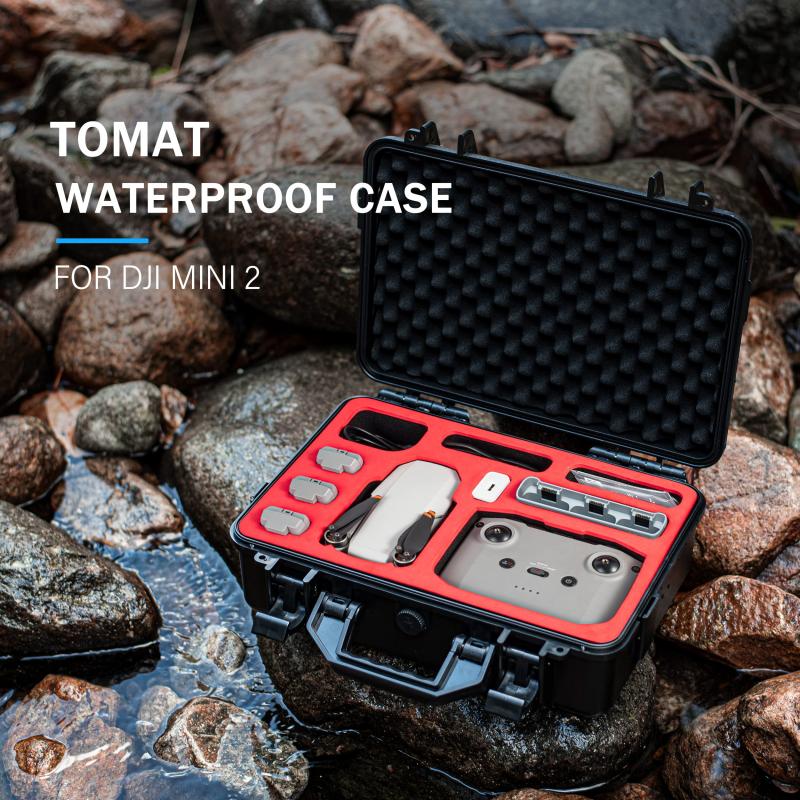
3、 TSA guidelines for transporting camera equipment on planes
TSA guidelines for transporting camera equipment on planes provide specific instructions on how to carry camera equipment safely and securely during air travel. These guidelines aim to ensure the safety of both passengers and their belongings while complying with aviation regulations.
When it comes to carrying camera equipment on an airplane, it is generally recommended to keep your gear with you as carry-on luggage rather than checking it in. This way, you can ensure that your expensive and fragile equipment remains safe and protected throughout the journey.
To comply with TSA regulations, it is important to pack your camera equipment properly. Here are some tips to consider:
1. Use a sturdy and padded camera bag or case to protect your gear from any potential damage during transit.
2. Remove any batteries from your camera and pack them separately in your carry-on bag. Lithium-ion batteries should always be carried in your carry-on luggage due to safety concerns.
3. Ensure that your camera and lenses are securely packed and won't move around inside the bag. Use dividers or foam inserts to provide additional protection.
4. If you are carrying a tripod, it is recommended to check it in as it may not fit in the overhead compartments. However, be sure to secure it properly to prevent any damage.
5. Remember to comply with the airline's weight and size restrictions for carry-on luggage. Check with your airline beforehand to avoid any last-minute surprises.
It is important to note that these guidelines may be subject to change, especially in light of the ongoing COVID-19 pandemic. Therefore, it is advisable to check the latest TSA regulations and any additional guidelines provided by your airline before your travel date.
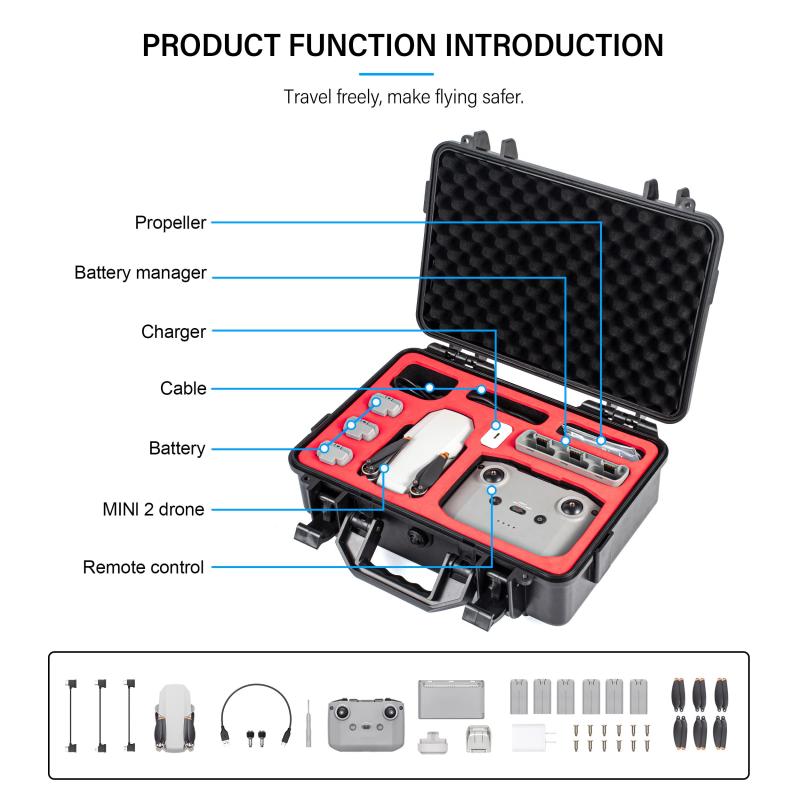
4、 Tips for protecting camera gear during air travel
Tips for protecting camera gear during air travel:
1. Carry-on your camera equipment: It is highly recommended to carry your camera gear as a carry-on item rather than checking it in. This way, you can keep it with you at all times and ensure its safety.
2. Use a sturdy camera bag: Invest in a high-quality camera bag that provides ample padding and protection for your gear. Look for bags with customizable compartments to securely store your camera body, lenses, and accessories.
3. Remove batteries and memory cards: Before packing your camera gear, remove the batteries and memory cards. This will prevent any potential damage or loss of data during security checks or turbulence.
4. Secure your lenses: Protect your lenses by using lens pouches or wraps. This will prevent them from scratching or getting damaged during transit.
5. Use lens filters: Consider using UV or protective filters on your lenses. These filters can act as an extra layer of protection against scratches or accidental impacts.
6. Pack a cleaning kit: Include a small cleaning kit in your camera bag to remove any dust or smudges that may accumulate during travel. This will help maintain the quality of your images.
7. Carry necessary documentation: Keep copies of your camera gear's purchase receipts, warranty information, and serial numbers. In case of theft or damage, this documentation will be helpful for insurance claims or police reports.
8. Stay updated with airline policies: Airlines may have specific rules and regulations regarding the transportation of camera equipment. Stay informed about their policies to avoid any last-minute surprises.
9. Consider insurance: If you frequently travel with expensive camera gear, it may be worth considering specialized insurance coverage to protect against loss, theft, or damage.
Remember, always stay vigilant and keep an eye on your camera gear during the flight. By following these tips, you can ensure the safety and protection of your valuable equipment while traveling.
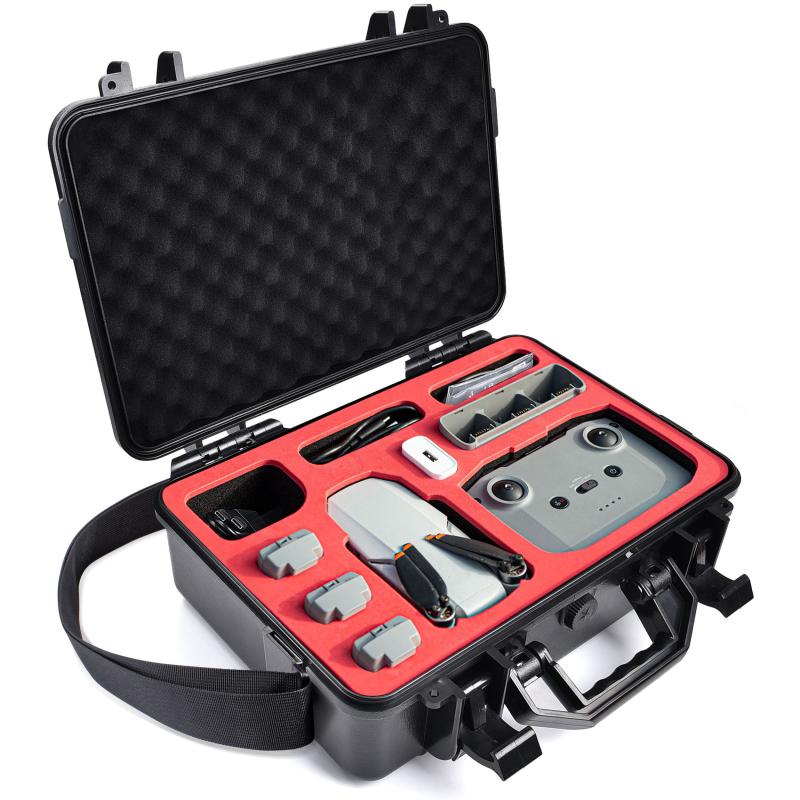







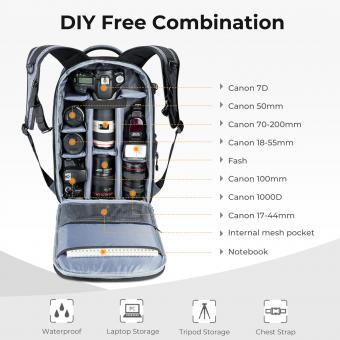





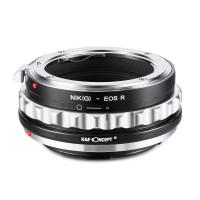

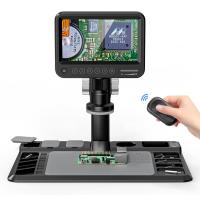
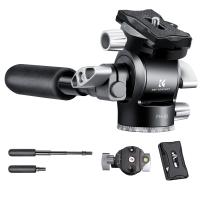
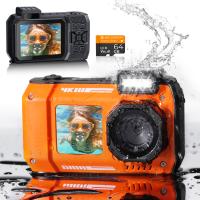

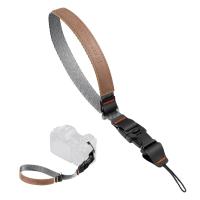
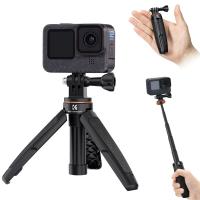

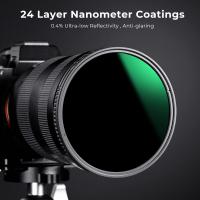
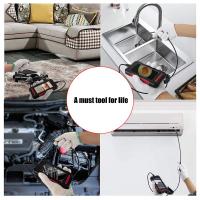
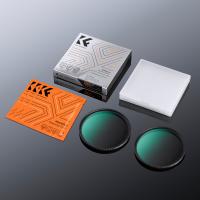
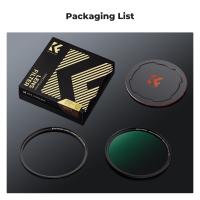


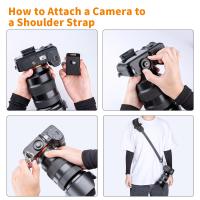

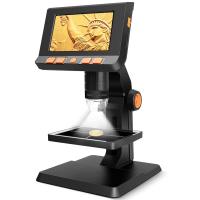
There are no comments for this blog.